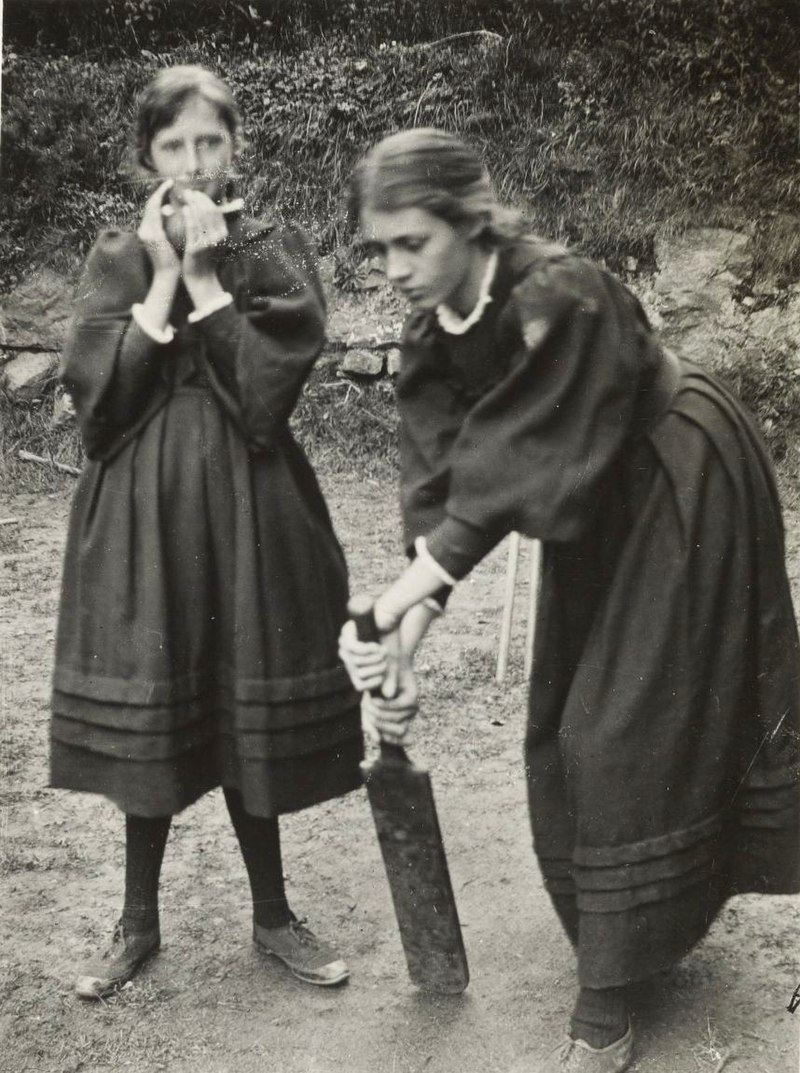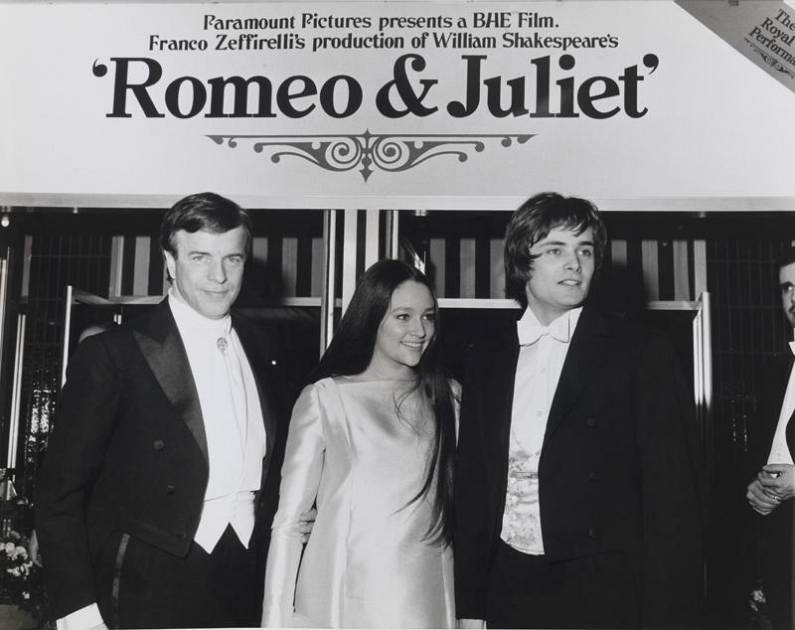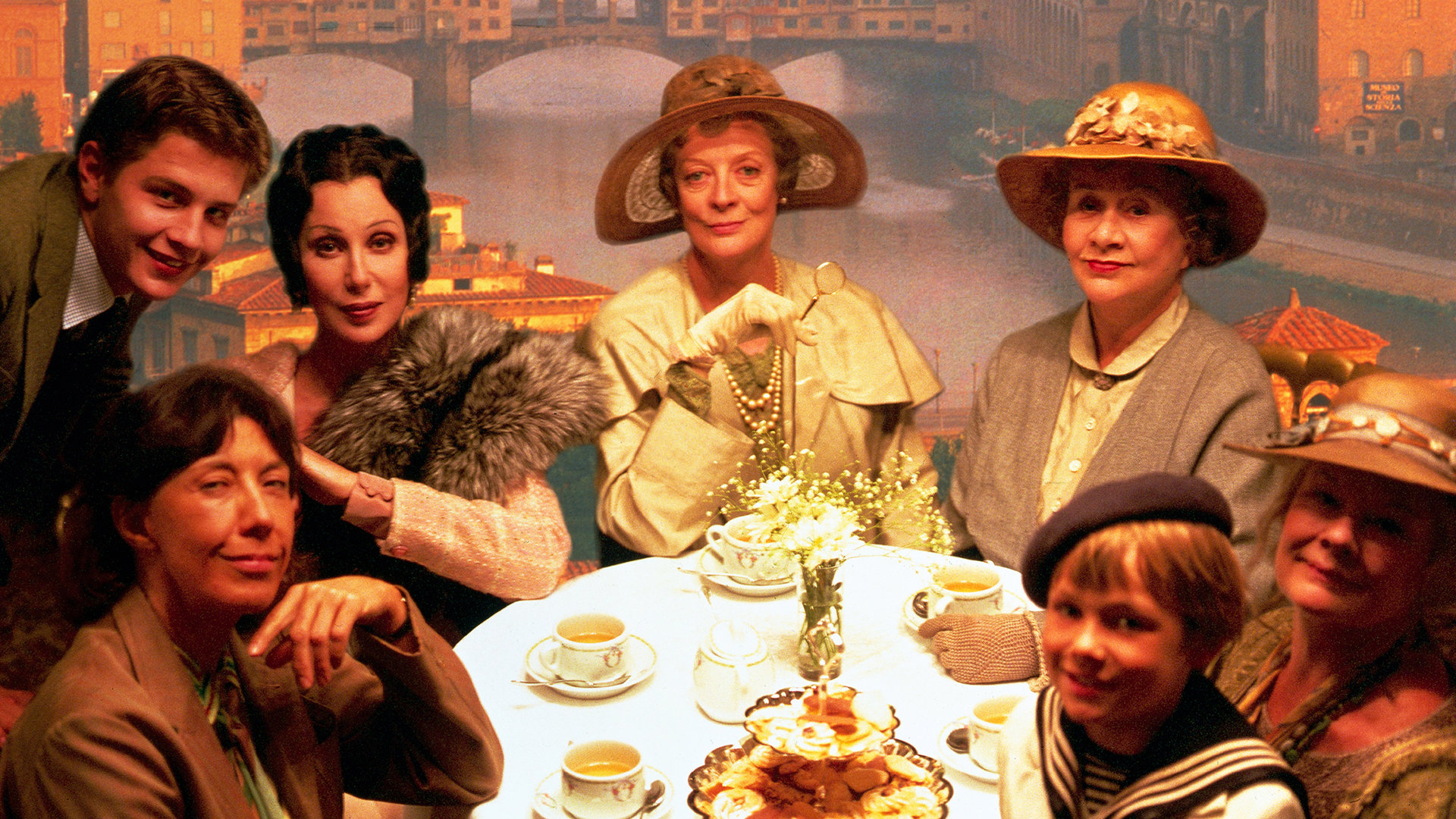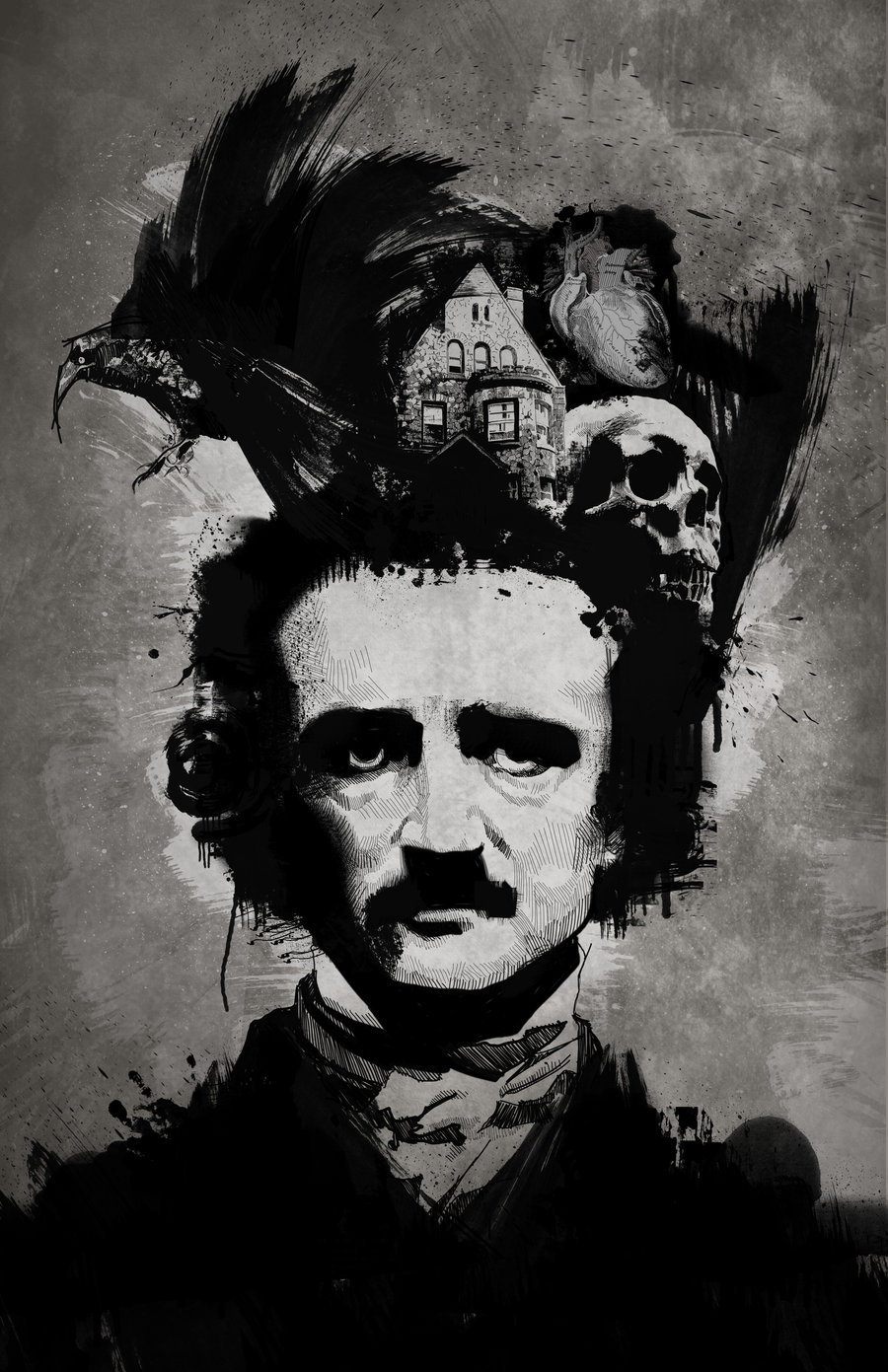
Today we celebrate the Death-day of one of my favorite authors, that Master of the Macabre himself, Edgar Allan Poe!
He lived a life that was almost as horrific as the stories he penned.
“Men have called me mad; but the question is not yet settled, whether madness is or is not the loftiest intelligence– whether much that is glorious– whether all that is profound– does not spring from disease of thought– from moods of mind exalted at the expense of the general intellect.”
Bleak Beginnings
Edgar Allan Poe was born in a Boston boarding house on January 19, 1809. His parents were Shakespearian actors, performing in a production of King Lear. Edgar was the second of three children, with an older brother Henry and a little sister, Rosalie. His father, David Poe, a notorious alcoholic, abandoned the family in 1810 when Edgar was just one year old. The very next year his mother, Eliza, died of tuberculosis. Little Edgar was then taken in by his godfather, a wealthy Virginia merchant named John Allan, and his wife Frances.
Although his adoptive parents were rich, life did not go well for Edgar. He did not get along well with his foster father, and was sent away to boarding school. John Allan also saw fit to enroll Edgar at West Point, a military school. Edgar did not fare well there, and was eventually thrown out.
A Teenage Bride
Having been officially abandoned by his foster father, Poe moved to Baltimore and reunited with some of his blood kin. He lived with his widowed aunt Maria Clemm, her daughter Virginia (Poe’s first cousin), his brother Henry, and his invalid grandmother Elizabeth Cairnes Poe.
Edgar fell in love with his young cousin, Virginia. On May 16, 1836 they were married. She was thirteen years old, and he was twenty-seven.

Before you balk and get grossed out, keep in mind that the vast age difference would have not been so weird back then as it is today. The concept of teenager only became a “thing” in around the 1950s. Throughout most of the history of humanity, seven years old was actually considered an adult. (Remember practices like child labor. It wasn’t right, but humans did it.) Likewise, the idea of first cousins marrying was not unheard of, and it fact considered quite normal. (Queen Victoria married her first cousin Albert, for example.) Still, a thirteen year old bride would have raised a few eyebrows, and Virginia lied about her age in the registry, claiming to be twenty-one.
Despite all this, Edgar and Virginia appeared to be very much in love. She called him “Eddy” and he called her “Sissy”. According to accounts of friends, the couple did not share a bed until Virginia turned sixteen. His years with his young wife were perhaps the happiest Edgar Allan Poe had even known.
Poe the Poet
Edgar then began working in various writing jobs, including assistant editor for the Southern Literary Messenger and contributing author for the Baltimore Saturday Visitor.
Poe published his first novel The Narrative of Arthur Gordon Pym of Nantucket in 1838. That same year he became assistant editor of Burton’s Gentleman’s Magazine. He published numerous articles, stories, and reviews, enhancing his reputation as a critic. Also in 1839, the collection Tales of the Grotesque and Arabesque was published in two volumes.
He wrote some of the first literary criticisms, as well as some of the first short stories. He is considered the inventor of crime novels and detective stories. Some of his most famous works include: The Fall of the House of Usher, The Black Cat, The Telltale Heart, The Pit and the Pendulum and Murders in the Rue Morgue.
He published The Raven in 1842, and it became an overnight success.

Trouble and heartache, however, were never far behind.
Poe’s wife Virginia became ill with tuberculosis in around 1842. She spent a few sickly years, with Edgar devoutly caring for her, until she finally passed away in 1847.
It was said that after Virginia’s death, Edgar was never quite the same. His behavior became increasingly erratic and unstable. He tried to court other women but had difficulty sustaining romantic relationships. He, himself, would suffer the fate of death not too long after, in 1849.
A Long, Strange Trip
Poe’s death itself has always been shrouded in mystery.

He had moved to New York, but in the fall of 1849 he went to Richmond, Virginia where he visited a woman named Elmira Royster, to whom he became engaged. He left Richmond on September 27, 1849 and was heading back to New York. But he never made it home.
On October 3, 1849, Poe was found “delirious” on the streets of Baltimore outside a pub called Ryan’s Tavern. He was “in great distress, and… in need of immediate assistance”, according to Joseph W. Walker, a printer, who found him.
Walker sent a letter requesting help from an acquaintance of Poe, one Dr. Joseph E. Snodgrass. His letter reads as follows:
“Dear Sir—There is a gentleman, rather the worse for wear, at Ryan’s 4th ward polls, who goes under the cognomen of Edgar A. Poe, and who appears in great distress, & he says he is acquainted with you, and I assure you, he is in need of immediate assistance. Yours, in haste, Jos. W. Walker.”
Snodgrass’s first-hand account describes Poe’s appearance as “repulsive”, with unkempt hair, a haggard, unwashed face and “lusterless and vacant” eyes. His clothing, Snodgrass said, which included a dirty shirt but no vest and unpolished shoes, was worn and did not fit well.
Dr. John Joseph Moran, who was Poe’s attending physician, gives his own detailed account of Poe’s appearance that day: “a stained faded, old bombazine coat, pantaloons of a similar character, a pair of worn-out shoes run down at the heels, and an old straw hat”.
Poe was never coherent long enough to explain how he came to be in this condition. It was believed the clothes he was wearing were not his own, as wearing shabby clothes was out of character for the usually well dressed Poe. (While promoting The Raven, Poe was known to show up at readings wearing a black cape, a top hat, and other elegant clothing.)

He was taken to the Washington Medical College where he died on Sunday, October 7, 1849 at 5:00 in the morning. The true cause of his death is still unknown. Some have speculated he may have had a brain tumor, diabetes, an enzyme deficiency, syphilis, apoplexy, delirium tremens, or epilepsy. Still other speculate his death may have actually been a suicide due to depression. (One year previous, Poe nearly died from an overdose of laudanum, which at the time was easily available as a tranquilizer and pain killer.)
Or perhaps he simply reunited with his one true love, Virginia. (That is what I, personally, tend to believe.)
Some sources say that Poe’s final words were “Lord help my poor soul”. Suspiciously, all medical records have been lost, including his death certificate.
But he leaves behind an amazing legacy — a body of literature that includes Gothic tales, dark romanticism and phantasmagorical poetry. The man who spent his life shrouded in death now lives on as a never-out-of-print horror icon.
Happy Death-day, Edgar!















































